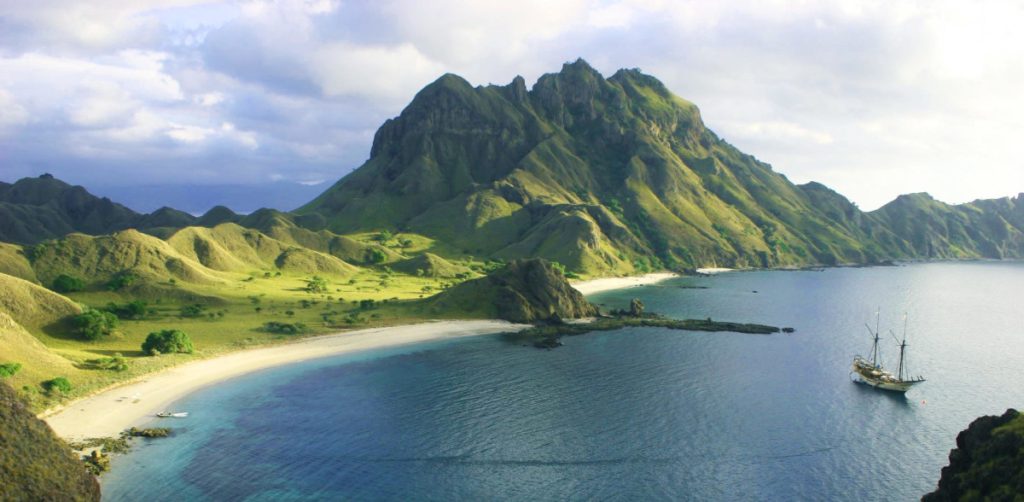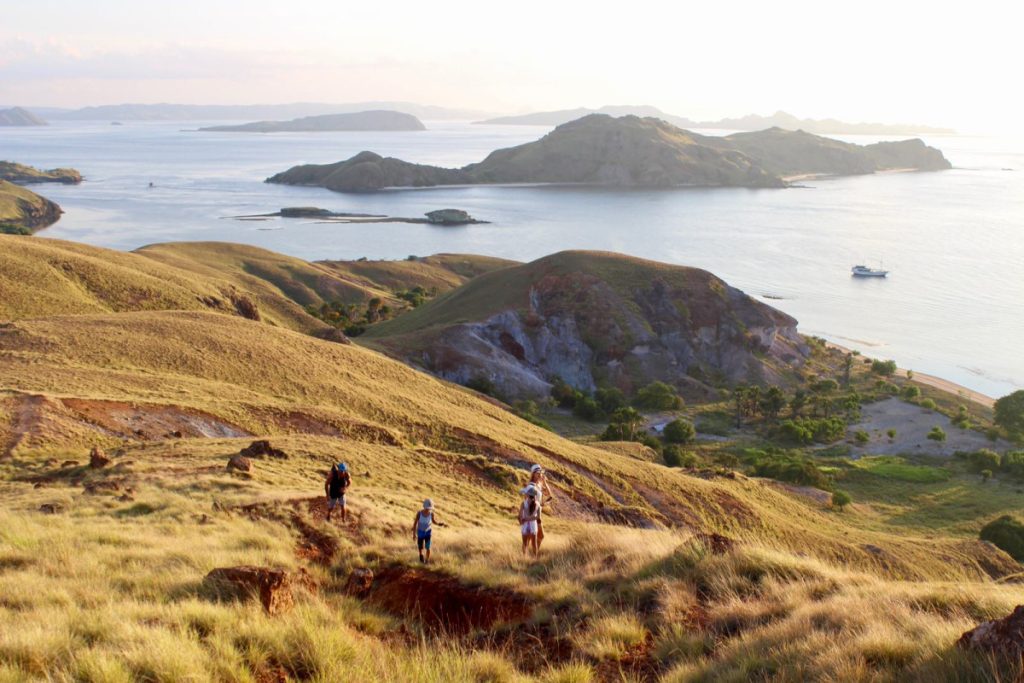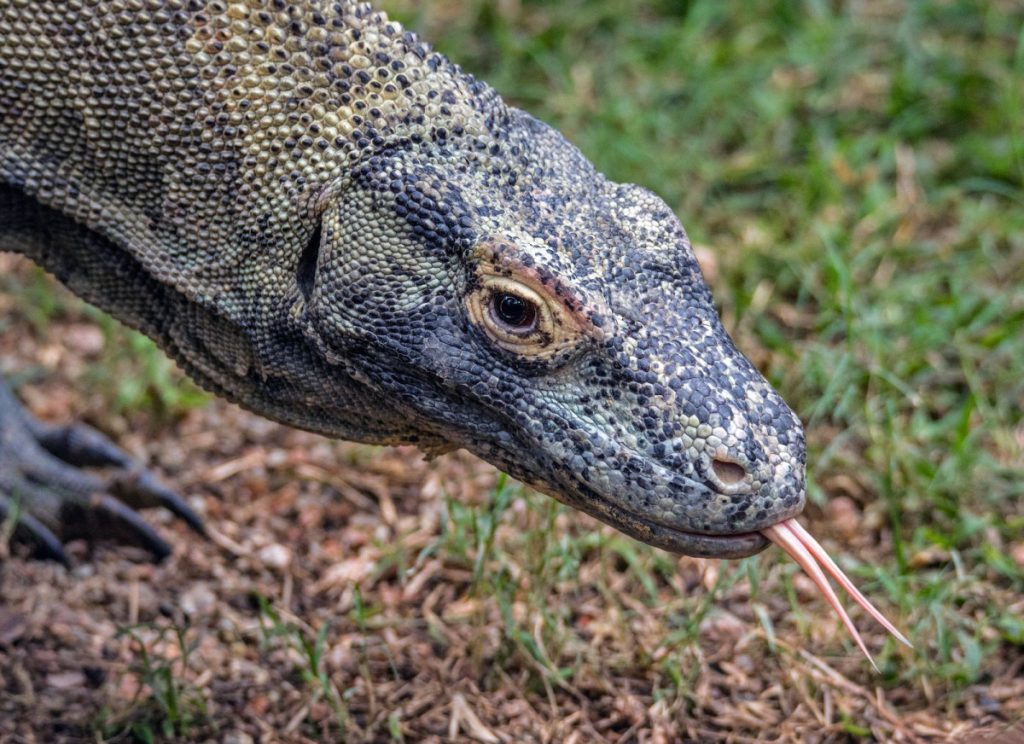East of Sumbawa Island in the Nusa Tenggara Islands and connected to it by the Sape Strait is Komodo Island. The Komodo dragon’s native habitat is known as Komodo Island. One of the Komodo National Park regions overseen by the Central Government is this island. Komodo Island has become a popular travel destination since it was named a World Historical Heritage Site.

Komodo dragons grow and reproduce successfully on Komodo Island. On this archipelago, there are around 1300 komodo dragons. Their combined population totals reach about 2500 when combined with those of other islands like Rinca Island and Gili Motang. Not counting the region of Komodo National Park, there are also about 100 Komodo dragons in the Wae Wuul Nature Reserve on the Flores Island mainland.
Aside from Komodo dragons, this island is home to exotic plants made of different types of Sepang wood, which the locals use as dye and medicine. The sterculia oblongata, also known as the nitak tree, is thought to have medicinal properties, and its seeds are delicious and savory like peas.
Komodo Island, along with Rinca Island, Padar Island, and Gili Motang, is one of the sites recognized by UNESCO as part of the Komodo National Park as a World Heritage Site.
These Characteristic of Komodo Island
Geography and Climate of Komodo Island
The park includes a portion of western Flores’ coastline, 26 smaller islands. The Sape Straights’ surrounding waters, and the three larger islands of Komodo, Padar, and Rinca. The national park’s islands were formed by volcanic activity. The terrain is typically rough, with rounded hills and elevations up to 735 meters. With an average annual rainfall of between 800mm and 1000mm, the climate is among the driest in all of Indonesia. The dry season, which lasts from May to October, has rough daily highs of about 40 °C.

Flora and Fauna
Only a few areas above 500 meters have cloud forests, but these areas are home to many endemic species of plants. Mangrove forests are a type of coastal vegetation that typically grows in the protected bays of the three larger islands.

The park’s savannah-like vegetation and hot, dry climate make it an ideal habitat for the endemic Komodo dragon (Varanus komodoensis). The Komodo archipelago is home to a variety of animals, including civets, wild boars, water buffalo, crab-eating macaques, and deer.
Whale sharks, ocean sunfish, manta rays, eagle rays, pygmy seahorses, false pipefish, clown frogfish, nudibranchs, blue-ringed octopus, sponges, tunicates, and coral are among the abundant marine life in the park.
Human Habitation
Currently, four settlements within the park are home to nearly 4,000 citizens (Komodo, Rinca, Kerora, and Papagaran). All of the villages were present when the area was designated a national park in 1980. Only 30 people called Komodo Village (also known as Kampung Komodo locally) home in 1928, and 250 people called Rinca Island home in 1930. By 1999, Komodo Island had 281 families totaling 1,169 people. This rapid population growth. The largest population within the park has historically resided in Komodo Village. Primarily as a result of migration from Sape, Manggarai, Madura, and South Sulawesi. From 30 houses in 1958 to 194 houses in 1994 to 270 houses in 2000. Komodo Village’s population has grown quickly.
Similar in size, Papagaran Village has 258 families with a combined population of 1,078. Komodo Village had 1,508 residents at the time of the 2010 Census, compared to 1,262 in Papagaran Village. In 1999, there were 185 people living in Kerora and 835 in Rinca. There are currently 3,267 people living in the park as a whole, and 16,816 people reside in the near area.